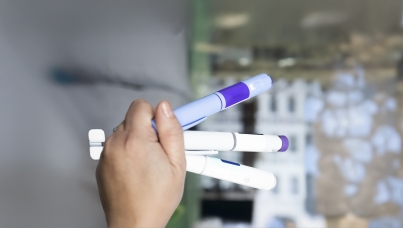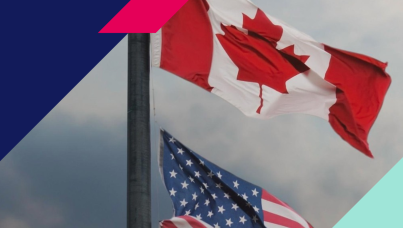Tobacco Use in BC
Survey Highlights
The Magnitude of the Problem
Tobacco adversely effects 37% of British Columbians -- 23% use tobacco and another 14% are exposed to secondhand tobacco smoke daily or nearly daily. This percentage is 50% in Northern B.C. where 30% use tobacco and another 20% are exposed.
Among the 23% who use tobacco, cigarettes predominate at 22% -- 21% smoke only cigarettes, 1% smoke cigarettes and an alternate form of tobacco. An additional 1% only use some form of alternate tobacco.
The prevalence of cigarette smoking among B.C. residents (15+) appears to be on a decline from 29% in 1991 to 25% in 1994 and 22% in 1997.
Those 19 to 24 are the most likely to be current smokers (31%) followed by those 25 to 44 (27%) and those 15 to 18 (25%).
Getting Started and Kicking the Habit
The vast majority (83%) of current smokers have started before the age of 19. The average age for starting to smoke declines with each new generation -- 65+ (18.3 years), 45 to 64 (16.7 years), 25 to 44 (15.6 years), 19 to 24 (14.5 years).
Smokers want to quit -- but have a hard time doing so. Nearly 56% of all current tobacco users made one or more quit attempts in the past year. Almost all smokers 12 to 18 have made a least one attempt to quit in the past year compared to only 1 in 2 of those 25 or older. Of those smokers who have tried to quit, younger smokers have made more quit attempts than older smokers.
Secondhand Smoke
Eighteen percent of households with children under the age of 12 have daily or nearly daily exposure to secondhand smoke in the home. In Northern B.C. this percentage rises to 25%.
Similarly, 18% of non-smokers are regularly exposed to secondhand smoke either at home, at work/school or in other indoor settings. In Northern B.C. this rises to 29%.
There is strong support for smoking bylaws -- 86% of British Columbians (including 76% of smokers) believe that non-smokers should be provided with a smoke-free environment at work and 72% of British Columbians support a bylaw prohibiting smoking in all indoor public places.
Sifting Through Myths Around Tobacco Use
Use of alternate forms of tobacco is very low -- 2% smoke cigars, 1% use smokeless tobacco and less than half a percent smoke pipes. However, approximately 30% of B.C. residents have either currently or previously experimented with one of these forms of tobacco. The good new is that people 12 to 18 are less likely than all B.C. residents to have experimented with cigars and pipes but are already equally as likely to have experimented with smokeless tobacco.
There is a surprisingly low smoking rate amongst Asian men -- only 14% of South East Asian men and 10% of South Asian men. Even in the 19 to 24 age category, only 12% of South East Asians and 20% of South Asians smoke.
The widespread use of tobacco among Aboriginal populations continues. Cigarette smoking rates in the Aboriginal population are 43% -- nearly double the smoking rates for the province.
For more information on this survey, please go to:
http://www.hlth.gov.bc.ca/tobacrs/index.html



